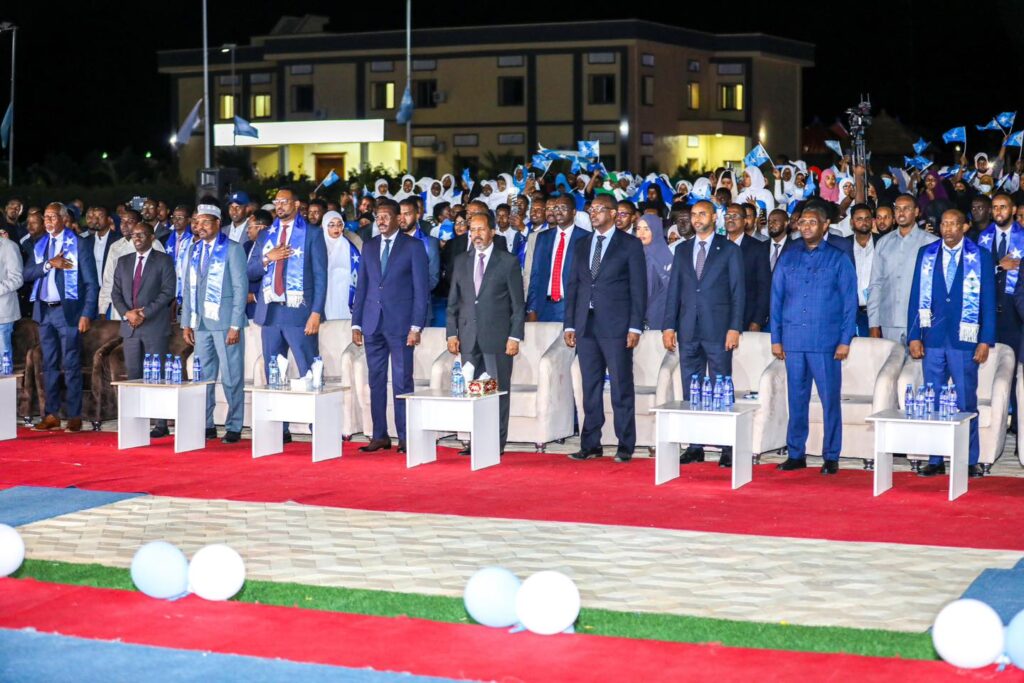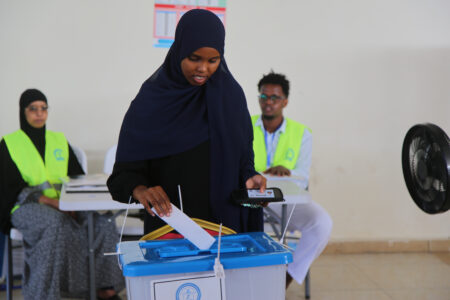Gal-Mudug on the Rise: Rebuilding and Regrowth in Somalia
The Gal-Mudug region of Somalia is experiencing a remarkable resurgence. The population is rebounding after a prolonged decline and instability, and urban centers are flourishing. This transformation directly results from the Gal-Mudug government’s astute decisions and proactive measures.
In 1991, chaos struck Somalia, leading many Gal-Mudug residents to seek a better life in the capital, Mogadishu. Mogadishu offered lower costs and more job opportunities. This departure left vast areas of Gal-Mudug deserted and vulnerable to militant groups like Al-Shabab. Others migrated to rural areas with reliable water sources, highlighting the region’s uneven distribution of resources.
Recognizing the imperative to rejuvenate the region and entice residents back, the Gal-Mudug government initiated a program specifically focusing on individuals in Mogadishu. This program offered enticing job prospects, particularly for college graduates. The government even managed to lure back vital public servants, such as police officers and soldiers, by Guaranteeing their existing salaries. This strategic move bolstered security efforts against Al-Shabab and played a pivotal role in repopulating the region.
Moreover, the government made significant investments in rural areas, constructing water wells crucial for agriculture, the region’s primary economic activity. A prime example is the area near the historic city of Haradhere, which was once a thriving agricultural hub, producing tons of beans annually. However, due to the presence of Al-Shabab, it was abandoned. The government is reclaiming this land, step by step, ensuring safety and paving the way for a return to agricultural prosperity. This comprehensive strategy strengthens regional security and revitalizes the farm sector, promising a brighter economic future.
The Gal-Mudug government also established the first public university in Somalia within the region. This strategic move aimed to retain local high school graduates by offering accessible higher education and subsequent job opportunities in their communities. This initiative helps prevent what’s known as “brain drain,” where talented individuals leave for bigger cities.
These efforts are proving highly successful! Cities like Haradhere, recently liberated from Al-Shabab, are experiencing rapid growth. Other cities have witnessed a population increase of about 33% throughout the region in the past five years. This demographic shift reflects the population’s renewed sense of security and optimism, marking a significant turning point for Gal-Mudug.
The revitalization of Gal-Mudug is a powerful example of how targeted government action can foster regional stability and economic growth. Their success story can inspire other post-conflict zones to develop their plans for a brighter future.





